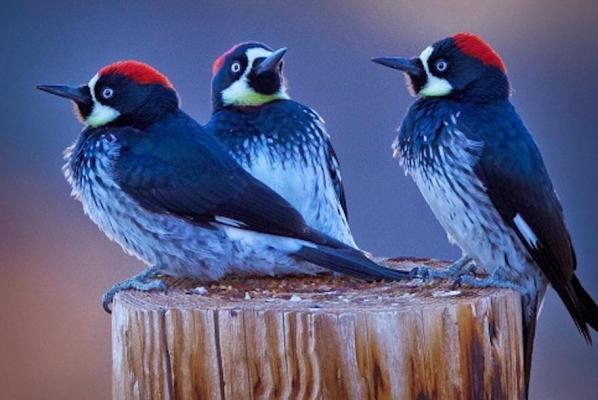
March 9 (UPI) — Woodpeckers living in stable, long-lasting communities have smaller brains than would be expected in a social species. The findings — published in the journal Biology Letters — suggest social living doesn’t always require more brain power.
The study undermines a long-held assumption that the competition and communication of a social existence encourages the accumulation of brain mass.
“It’s been known for many years now that animals like primates, and several other kinds of mammal, have larger brains in species that live long-term in social groups: other things being equal, the larger the typical size of their groups, the larger the brain,” Richard Byrne, a professor of neuroscience at the University of St. Andrews, said in a news release. “That correlation supports the ‘Machiavellian intelligence’ or ‘social brain’ theory, which identifies dealing with other individuals as one of the most challenging mental problems for animals.”
Group living has benefits and risks. Cooperation can help social species secure resources and protection in numbers offers safety from predators. But the introduction of competition for mates and prey can also present challenges.
For acorn woodpeckers and other communal birds, social living seems to offer enough of a cushion to allow for a divestment from brain power.
Byrne and his colleagues analyzed the brain and body size of a variety of woodpecker species. Researchers studied solitary species, woodpeckers who persist in pairs and those that live in groups. Group-living yielded the smallest brains.
The findings suggest social behavior has different effects on the brains of birds than those of mammals.





